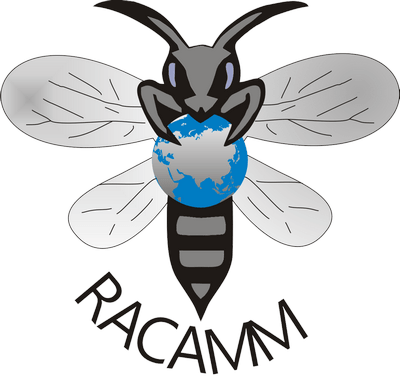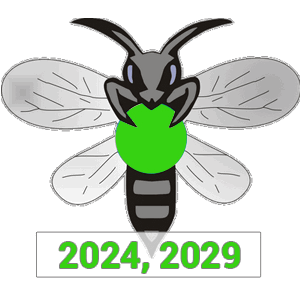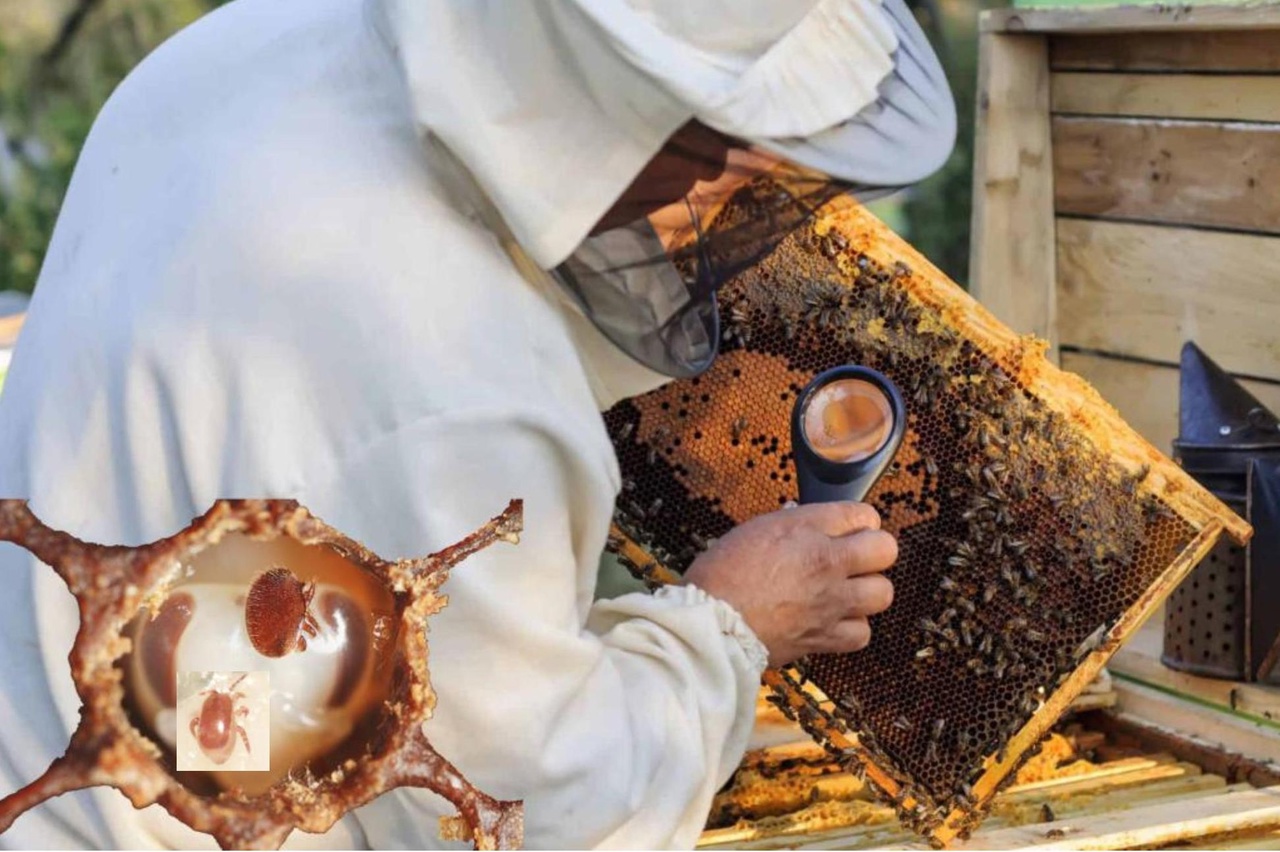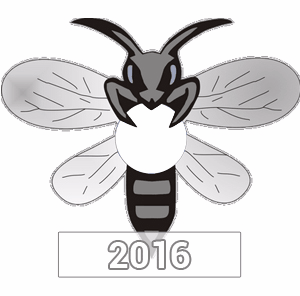Morphological indicators of bees are breeds - significant in selection and are included in a breed standard. Various breeds have a number of differences in size of chitin parts - length of the proboscis, indicators of the front wing, rear leg, tergit and stemite. One of the main indicators of a breed is cubital index and discoidal displacement of the front wings. These indicators are most distinguishing in different breeds and they can be principal in express definition of a breed. While studying hymenoptera wing morphology a number of scientists have discovered some general evolutionary tendencies of ribbing reduction and decrease in the number of close cells in small forms of hymenoptera, namely in ants and melliferous bees (Bermann 1967, Dlusskiy 1988, Perfilyeva 2000, Brown Nutting 1949). This indicator can be affected by various inner factors in different periods of a bee development (embryonal and post-embryonal). For example, sun irradiation and temperature decrease during bees ontogenesis resulted in additional ribbing (Yeskov 1995).
Ribs on wing of an adult bee represent a frame in empty spaces of which cells are formed. In general a wing is very firm and as a result it overcomes air resistance during multiple flappings while flying or ventilating, that is why additional ribs can be atavistic while firming the wing frame. Bermann (1967) considers wing ribbing abnormalities as mutations with various breeds affecting each other in manifestation of this indicator. The author discovered such abnormalities to manifest more commonly in A. m. ligustica (52.8%) and A. m. carnica (43.0%) and more rarely in A. m. caucasica and A. m. mellifera (26.9 and 26.4%).
The described research was carried out to detect morphometric indicators in bees including cubital index. Measurements of 3rd cubital cell of the front wing are used to detect cubital index. Investigation of bee morphometric indicators was carried out according to generally accepted methods described by Alpatov (1948). Altogether 2456 bees from 3 apiaries have been examined (from apiaries of different areas of Kirov Region - southern, northern and central). Ribbing abnormalities expressed in additional ribs in cubital cell have been found while studying the mutability of front wings of melliferous bees. Ribbing deviations have been found in 29.7% of the examined bees. Additional ribbing on the left and right wing was not symmetrical in 12.2% bees while in 17.5% it was symmetrical on both wings.
The size of the additional rib varies 0.5 - 0.15 mm with the average size of 0.4 mm. Positive discoidal displacement has been found in 14% of the examined bees with additional ribbing on front wings. Taking into consideration that southern breeds of bees have positive or neutral discoidal displacement, we can assume that wing ribbing abnormalities result from cross- breeding of local bees and bees having southern origin. Non - correspondence of morphological indicators of the examined bees A.m. mellifera is proved by the obtained Pirson index with features of A. m. carpatica (0.16).
It is also possible to consider different ecological factors affecting the manifestation of this indicator and also manifestations of atavistic character. As additional ribbing will result in wing strengthening thus improving flying abilities. In the examined apiaries the main way of reproduction is swarming (natural setting of bees) owing to which bees can migrate in far distances (up to 45 km).
The obtained data are not sufficient to make a certain conclusion on the factors leading to wing ribbing changes. To solve this issue it is necessary to detect which abnormalities are hereditary and which of them result from development infringement. To detect the character of inheritance it is very important to examine wing structure in drones as they are haploid taking in consideration that breed structure of worker bees is affected by herditary characteristics of the queen combined with genetic information of drones. That is why research on morphometric indicators of worker bees and drones and detecting abnormalities in chitin parts structure will promote detection of factors and mechanisms of hereditary information transmission.





















